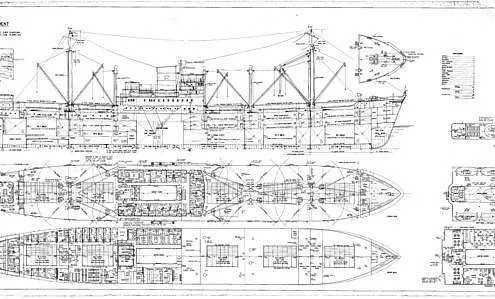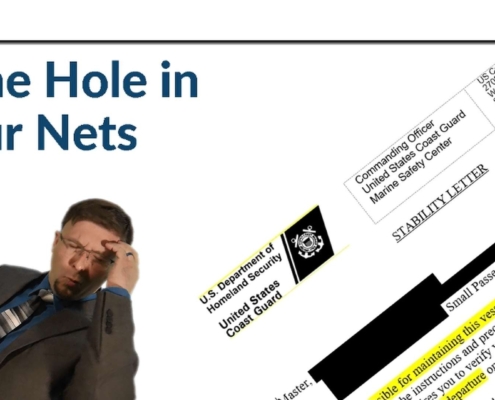But what if your ship doesn’t fall under the IMO rules; why should you care about this? Supply and demand. Starting 2020, every ship in the world will want massive quantities of low sulfur fuel. Where do we get low sulfur fuel from? Track the supply chain all the way back to the oil refinery and we discover that low sulfur fuel comes out of the distillation column at the same point as diesel fuel. (Figure 3‑1)
In layman terms, low sulfur fuel is essentially diesel fuel, with an extra step to strip away the extra sulfur (catalytic hydrotreating). Thankfully, we don’t expect the oil refineries to develop IMO low sulfur fuel as a new distillate. Instead, they will likely blend ultra low sulfur diesel fuel with existing heavy fuel oil (HFO) stocks. But even a blended fuel still means heavy demand on diesel supply.
That could be a problem when most of those 50,000 ships suddenly want to buy low sulfur fuel instead of HFO. Especially since most of those ships were the ocean freighters with the largest fuel consumption. That delivers major competition for fuel, and when demand goes up, oil companies raise the price.
No agrees on the exact in increase in price. Some believe that oil companies have already prepared for the increased demand. Others speculate about wild price increases. Mansfield Energy estimated diesel prices to increase by 8-17% [2] One thing everybody agrees on: the following months promise turbulent times for diesel prices.
















